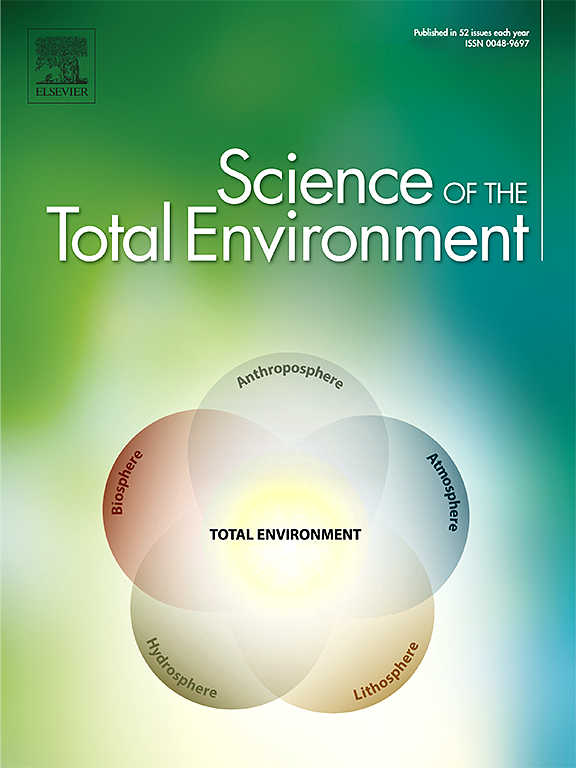Hydrometeorological triggers of debris flows derived from historical archives and tree-ring data: Insights from the Swiss National Park
IF 8.2
1区 环境科学与生态学
Q1 ENVIRONMENTAL SCIENCES
引用次数: 0
Abstract
Data on past debris flows is normally scarce and biased towards large events or catchments close to settlements. Reconstructing past process activity with dendrogeomorphic approaches can help develop unbiased and spatially comprehensive timeseries, typically at annual resolution. Likewise, hydrometeorological data are often limited by low spatial or temporal resolutions, especially as one goes back in time. In the Swiss National Park (Swiss Alps), we rely on a comprehensive dataset of precisely dated debris flows covering the last >35 years and on annually-dated dendrogeomorphic timeseries of past activity at some of these sites. The completeness of records allows evaluation of different hydrometeorological datasets to assess triggers of debris flows: (i) a highly resolved, spatially explicit (1 × 1 km, hourly records) dataset extending back to 2005; (ii) daily-resolved station records available since 1917; and (iii) spatially resolved (1 × 1 km) daily temperature and precipitation fields reconstructed back to 1763. All datasets have some skills to capture debris-flow triggering storms but also limitations: While the meteorological station lacks spatial resolution and does not capture localized, convective storms well, the highly-resolved, spatially-explicit timeseries remains excessively short for the time being. As for the long-term precipitation fields, the dataset has limited skills in capturing localized, convective precipitation. We also show that debris flows only rarely occurred on the day for which maximum one-day summer rainfall was recorded. This has strong implications for the identification of hydrometeorological triggers in tree-ring studies in which reconstructed debris flows are available at annual resolution and the detection of triggering is typically based on maximum precipitation sums of a given debris-flow season. Statistical assessment of possible triggers will lead to spurious correlations with such an approach and wrong results. Dendrogeomorphic studies should refrain from venturing into triggering analysis based on annually resolved debris-flow timeseries, unless dating is possible at intra-seasonal or monthly resolutions.

求助全文
约1分钟内获得全文
求助全文
来源期刊

Science of the Total Environment
环境科学-环境科学
CiteScore
17.60
自引率
10.20%
发文量
8726
审稿时长
2.4 months
期刊介绍:
The Science of the Total Environment is an international journal dedicated to scientific research on the environment and its interaction with humanity. It covers a wide range of disciplines and seeks to publish innovative, hypothesis-driven, and impactful research that explores the entire environment, including the atmosphere, lithosphere, hydrosphere, biosphere, and anthroposphere.
The journal's updated Aims & Scope emphasizes the importance of interdisciplinary environmental research with broad impact. Priority is given to studies that advance fundamental understanding and explore the interconnectedness of multiple environmental spheres. Field studies are preferred, while laboratory experiments must demonstrate significant methodological advancements or mechanistic insights with direct relevance to the environment.
 求助内容:
求助内容: 应助结果提醒方式:
应助结果提醒方式:


